Sometimes, getting closer to your subject by zooming with your feet is out of the question. For example, when you are on a boat and your subject is on the shore. It’s then time to attach a lens with a longer reach. Anticipating exactly this scenario, I recently splashed out on a Panasonic Lumix 28-200mm f/4-7.1 Macro zoom. It was a winning move.
Like many Macfilos readers, I try to be as efficient as possible when choosing my travel-photography kit. For me, minimising weight, maximizing flexibility, and guaranteeing sharpness are the key objectives. So, when planning a forthcoming cruise along rivers and lakes, I decided to buy a new lens with just that profile in mind.
Choices, choices
As a Leica SL2 shooter, I had the whole L-Mount-lens world from which to pick. I eventually plonked my money down for a Panasonic Lumix 28-200mm zoom, which I described recently. I had high hopes that it might be a single-lens solution for my nautical excursion.
But, just in case, I also took my trusty Panasonic Lumix 20-60mm. Both are so light and compact, I could mount one on the camera and carry the other in a sling pouch. You never know when that extra-wide 20mm focal length might be useful.
Our itinerary included a stay in Amsterdam, followed by a Rhine cruise to Basel, after which we made stops in Lucerne and Como. Along the Rhine, we would be visiting numerous picturesque locations, both on the river and in the nearby hinterland. I suspected the long end of the Panasonic Lumix 28-200mm f/4-7.1 Macro zoom would also see some action on these excursions.
City slicker
While in Amsterdam, dodging cyclists, cruising canals, and visiting museums, I stuck to the 20-60mm lens. It really is almost perfect for shooting in cities.
The shots of the canal, at 20mm, and the Rijksmuseum’s ‘Night Watch’ restoration project, at 38mm, exemplify its versatility. As discussed in previous articles, a little cropping of an image taken at 60mm, as with the accordion player, can usefully extend the focal length range.
Moving on to its longer-focal-length sibling, I now had the benefit of a significant optical zoom. As a result, I’d be retaining all those lovely pixels, right out to 200mm focal length.
The Lumix 28-200mm f/4-7.1 zoom in action
The first opportunity to try it arose in Cologne, where I was after a photo of its famous cathedral. For this one, I positioned myself to view two of its towering spires, neatly aligned. If you squint, you can see a narrow green ladder, right at the top of the tallest spire. I cannot imagine who would have the necessary head for heights to ascend it.
At the wide-end of its focal length, I was able to capture a shot as we docked. Because berths are limited, river cruise ships ‘parallel park’. Passengers on the outer ship walk through the inner ship to reach land. The ship we docked against appeared to be an exact copy of ours.
Gently docking the ship against its neighbour requires precision steering. Captain Michael used a set of auxiliary controls, allowing him to peer over the side as he undertook the manoeuvre. I think a pair of sunglasses might have helped the cause.
Schlösser, as far as the eye can see
Further south, we sailed through the Middle Rhine Valley. It’s famous for fairy-tale Schlösser, tucked into the wooded hillsides, enjoying commanding views of the river below. Photographing these was both a highlight of the trip, and the principal reason for buying the Lumix 28-200mm zoom.
First out of the gate was Marksburg castle, sitting proudly atop one of those wooded hillsides. With its towers and pointy turrets, it matched perfectly how I imagined a Rhine Schloss would look. At 62mm, you can appreciate its woodland setting and at 95mm you can admire its sandstone brick walls.
Sibling rivalry
Next came Sterrenberg and Liebenstein castles. There is no shortage of folk tales associated with many of the Rhine’s castles, and these two are no exception. Locals refer to them as the “hostile brothers”, a relic from the 16th-century story of their rivalry. Burg Liebenstein, on the right, occupies the highest position of any castle on the river.
I won’t inflict images of every single Rhine castle on you, but here are a few more I would like to share.
Katz castle has been a familiar presence on the Rhine since the 14th century. It was heavily damaged by Napoleon’s forces in 1806. Based upon the guide’s commentary, German inhabitants of the Rhine still apparently hold a grudge against the French for beating up their castles over the centuries. The Katz castle we see now was rebuilt in the Victorian era.
You can see the number 556 painted on the river wall at the lower left of the image. This is a kilometer marker, enabling interested parties, especially tourists, to locate exactly where they are on the river.
Red-brick on the Rhine
When sailing past Schloss Schönburg, you see two historic buildings for the price of one. The castle, built in 966, overlooks ‘The Red Church’, a spectacular place of worship built of red brick, complete with heavily raked, tiled roof and enormous spire.
The castle was burned by French troops in 1689. Are you seeing the pattern here? The reconstructed building is now a restaurant and hotel.
Pfalzgrafenstein might be the most famous Schloss on the Rhine. Unlike most others, it sits on the water’s edge. This is because its occupants used the riverside location to extract a toll from passing ships.
The white castle walls and contrasting black tiled roof, set against those green wooded hillsides, make for a spectacular scene, viewed in person or through a camera lens.
Finally, here is Stahleck castle, overlooking a hill on the other side of a valley, covered in grape vines. Chances are, they are Riesling: ubiquitous, versatile, and the basis of wines for almost every palate. It goes without saying that French invaders wrecked this place back in the 17th century. Today, it is a youth hostel.
Excursions with the Lumix 28-200mm zoom
As mentioned earlier, our cruise included daily excursions into the regions surrounding the towns where we docked each day. Of these, Strasbourg was by far the most picturesque. Home of the European Parliament, in the historic region of Alsace, the city regularly changed hands between the various French and Austro-Hungarian empires.
At its centre is an old town, completely encircled by waterways, in turn crossed by numerous bridges. The old town is dominated by an enormous, sandstone cathedral, built in the gothic style. Surrounding the cathedral are narrow, cobbled streets, filled with shops offering artisanal produce of all kinds.
The Petit France district is especially scenic; you could describe it as picture postcard perfect.
Some like it hot
A final excursion, concluding our cruise, was a trip to the Black Forest. Obviously, we could only sample a sliver of this world-famous region. But our brief visit did offer up an unusual opportunity to use the long end of the zoom range, while visiting a glassblowing exhibition.
The process of creating an ornamental pumpkin required repeated application of a blow torch to keep the glass semi-liquid. I was able to get a couple of shots of the action while remaining far enough away to avoid singeing my eyebrows.
The temperature difference between the blast from the torch, and the heat radiating from the glass, yielded a spectacular colour contrast. The fact that the blue and orange colours complement each other adds even more drama to the image.
The sequence of techniques required to fashion the decorative whirls at the top of the glass pumpkin would take too long to portray. But there is no doubt I was observing the work of a true master.
From river to lake
We hopped on a train in Basel for a few nights in Lucerne, before boarding another train for Como. Lake Como was as gorgeous as I had been led to believe. I can understand why Hollywood celebrities have been tempted to purchase lakeside homes there.
The lake looks like an inverted “Y” when viewed on Google Maps. Como itself sits at the southern end of the western arm. The town of Bellagio sits at the point where the western and eastern arms merge. More on that shortly. A return ferry ride from Como to Bellagio was the perfect way to enjoy the lake’s spectacular natural scenery, as well as snoop on the plethora of mansions crowding the lake shore.
I took this first, wide-angle shot of the harbour at Como, just before joining a very long line to buy ferry tickets. It is a typical Lake Como scene: lakeside buildings, above which are steep, forested hillsides.
The eagle-eyed among you will also see a red construction crane. I found it almost impossible to avoid the inclusion of such cranes in the photographs I took on the lake. There were everywhere. The local construction industry seemed to be in rude good health.
La dolce vita
The next, crane-free picture, which I shot at 200mm from the ferry, was precisely the scene I had expected to see. A sloping peninsula, covered in Italian cypress, cedar deodora, and oaks, leads down to a grand, colour-washed mansion, with shuttered windows and terracotta-tiled roof.
The property has a stone wall, protecting it from high waves on the lake, and a walkway leads down to a dock, unoccupied on this occasion, but a perfect place to moor a fancy speedboat.
The lens delivers a tasteful telephoto compression, while still allowing clear views of hillside villages further along the lake. What a beautiful place!
More cranes
I could include many other photos I took on this ferry ride. But, I will spare you and just share a couple of others.
The next shows one of those fancy motorboats, ploughing through the waves. I was able to track it using continuous autofocus and got a nice, sharp shot, even though the boat and I were moving in opposite directions. You can also see a few more of those ubiquitous cranes.
Bellagio and the Swiss Roll
The destination of my ferry ride, Bellagio, enjoys a remarkable connection with Macfilos.
Long term readers will recall the most-famous, and most-viewed, article ever posted on the site – The Swiss Roll story. It concerns a 70-year-old brass Leica film cassette, acquired by regular contributor and Leica historian, William Fagan.
When he had the roll developed, the photographs revealed an account of a trip through Europe made by a young couple. Their identities remain unknown to this day, despite world-wide interest in the story and amateur detective work by many readers.
One of the stops they made was in Bellagio. We know this because one of the photos, reproduced below, had been taken on Via Giuseppe Garibaldi looking towards Basilica di San Giacomo.
Bell tower
While visiting, I sat in the square, just in front of the Basilica. I even took a photograph of the bell tower, as its bell rang out a call to afternoon mass. It is, of course, the same bell you can see in the Swiss Roll photograph.
Finally, here is a shot I captured from Via Giuseppe Garibaldi. This man stepped out onto his balcony to adjust the Italian flag he had hung, just as I was looking down the narrow lane towards the lake. You can tell it’s a telephoto shot (180mm) by the compression.
I have formatted it in a vertical 16×9 to emphasise the narrowness of the lane. As with the earlier 16×9 portrait-mode images, you might have to reorient your iPad to see the entire image.
Final thoughts on the Panasonic Lumix 28-200mm f/4-7.1 Macro
The Lumix 28-200mm zoom might be the perfect travel lens for L-Mount shooters. As discussed in my previous article, it is light in weight, small in form, and offers sharpness at all apertures. These attributes more than make up for its relatively slow, variable aperture.
It weighs in at just 413g, and like other Lumix S-series lenses, uses 67mm filters. It possesses in-lens image stabilisation, with an on/off switch on the lens barrel, along with an Auto/Manual focus switch. The lens is also weather-sealed.
There are other wide-focal length-range zooms available for L-Mount, one of which will be the subject of a Macfilos review quite soon. However, this Lumix option hits the spot for me, and is likely to spend a lot of time on my SL2, whether I am on dry land or aboard a ship of some kind.
| More on the Lumix 28-200mm | More on the Lumix 20-60mm |
| More European travel photography | More on travel photography in Italy |
| The Swiss Roll article |
Make a donation to help with our running costs
Did you know that Macfilos is run by five photography enthusiasts based in the UK, USA and Europe? We cover all the substantial costs of running the site, and we do not carry advertising because it spoils readers’ enjoyment. Every amount, however small, will be appreciated, and we will write to acknowledge your generosity.


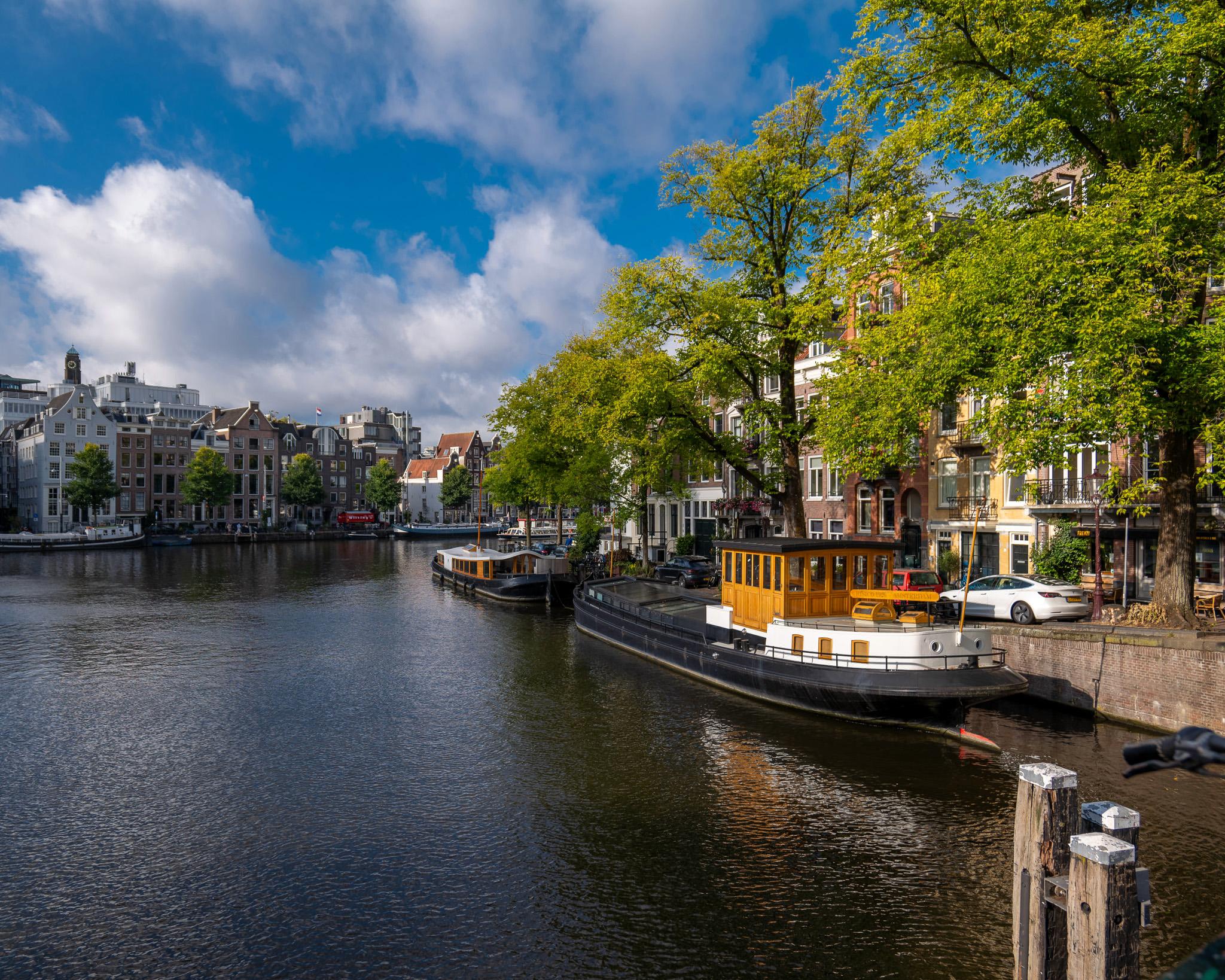
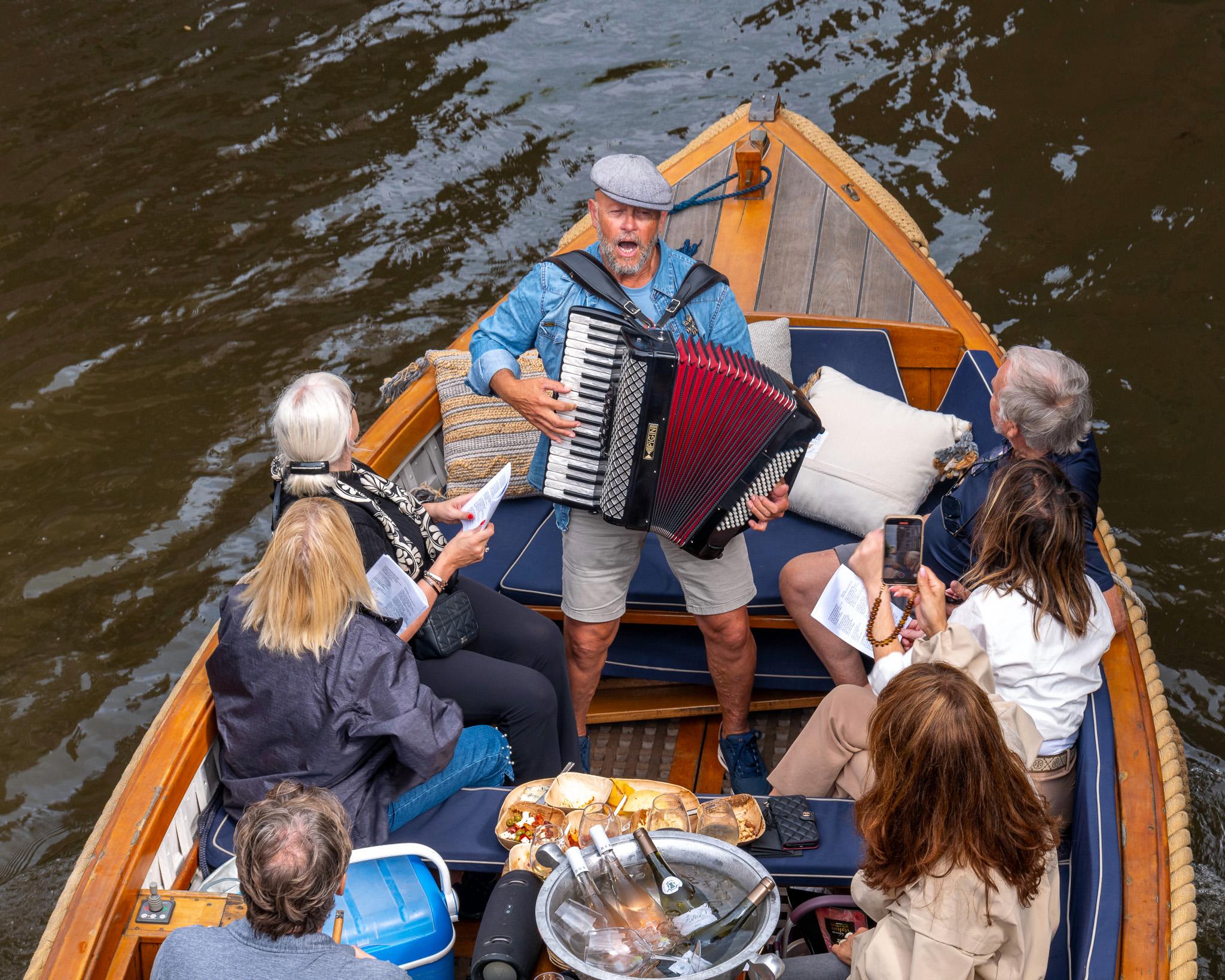
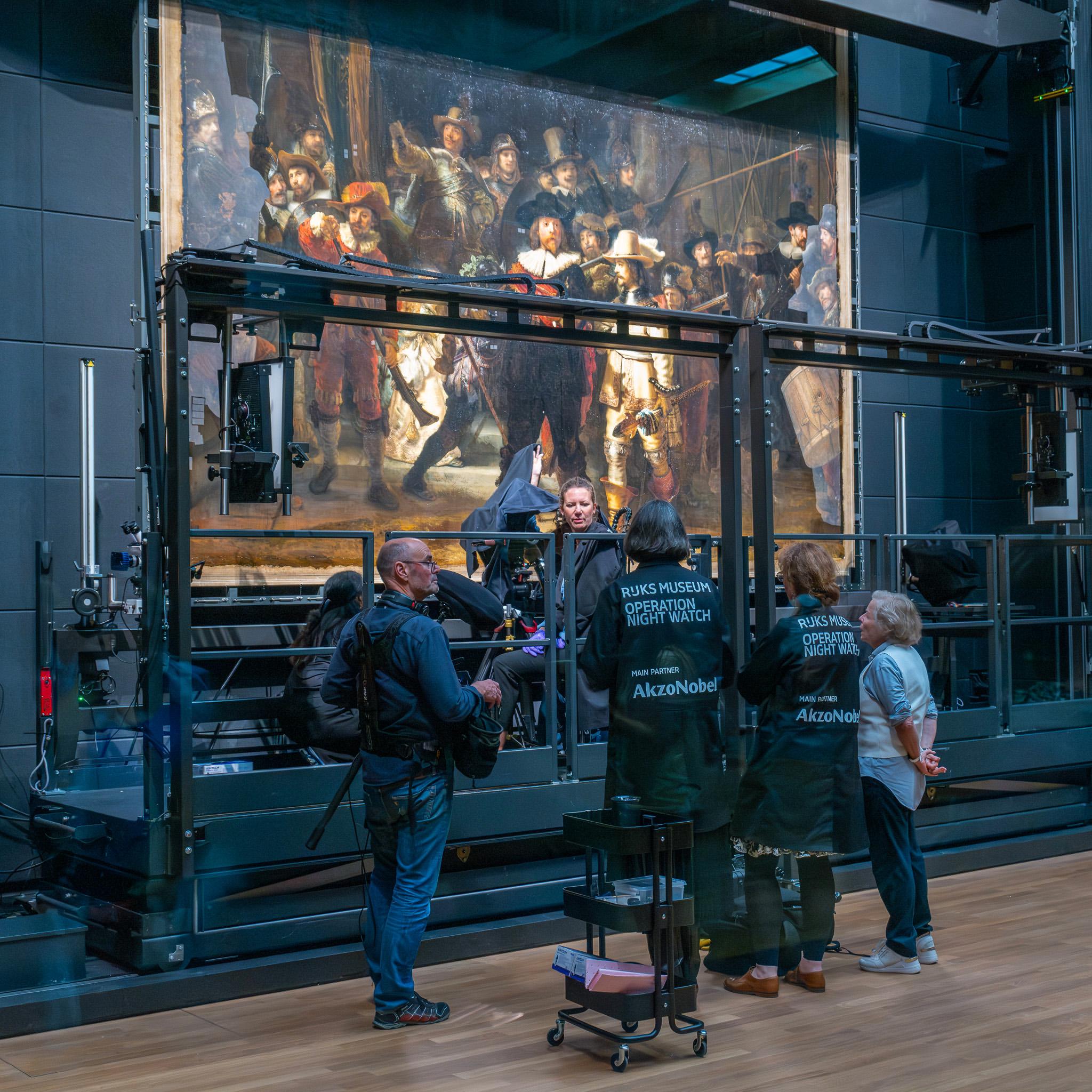

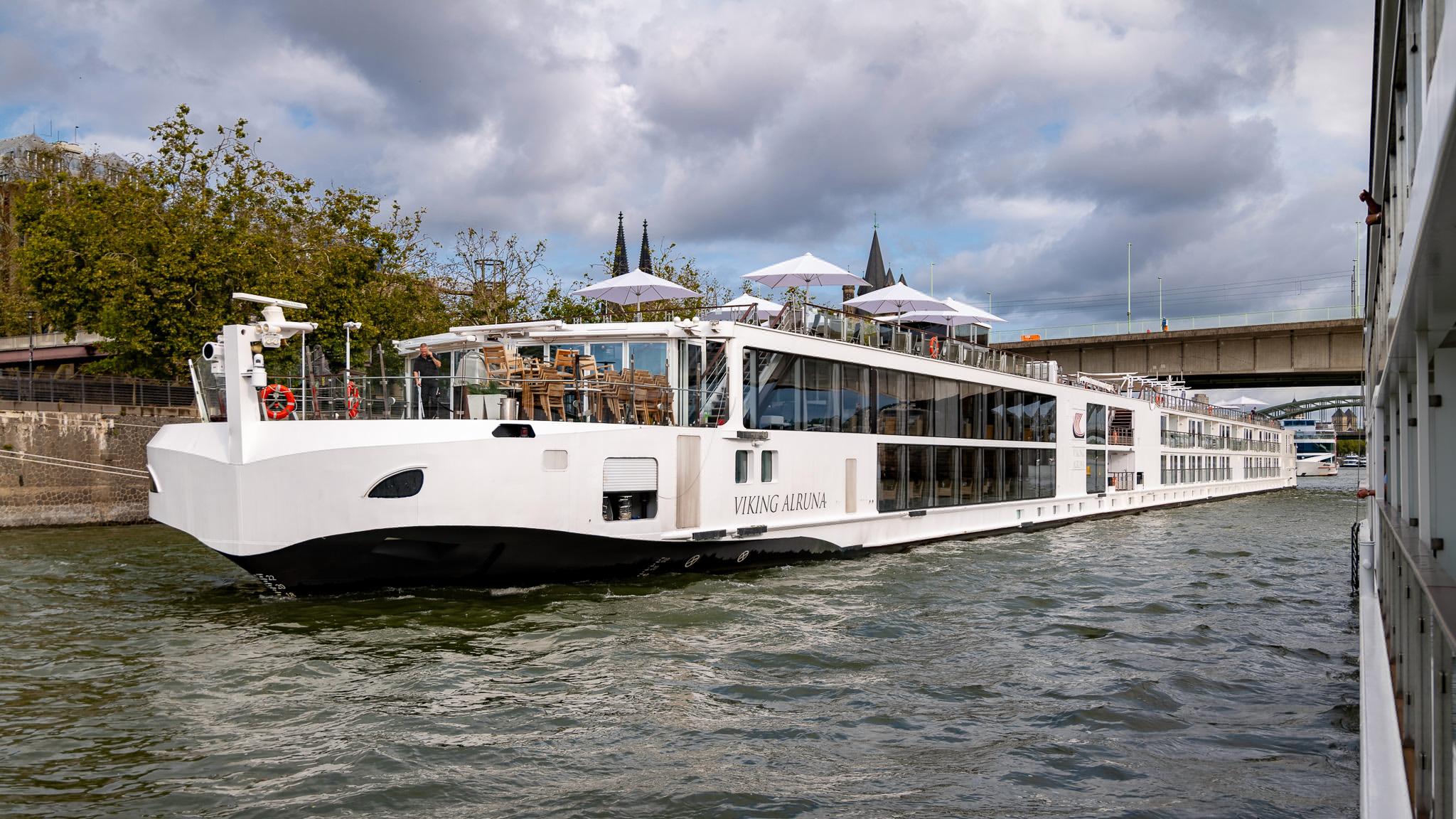


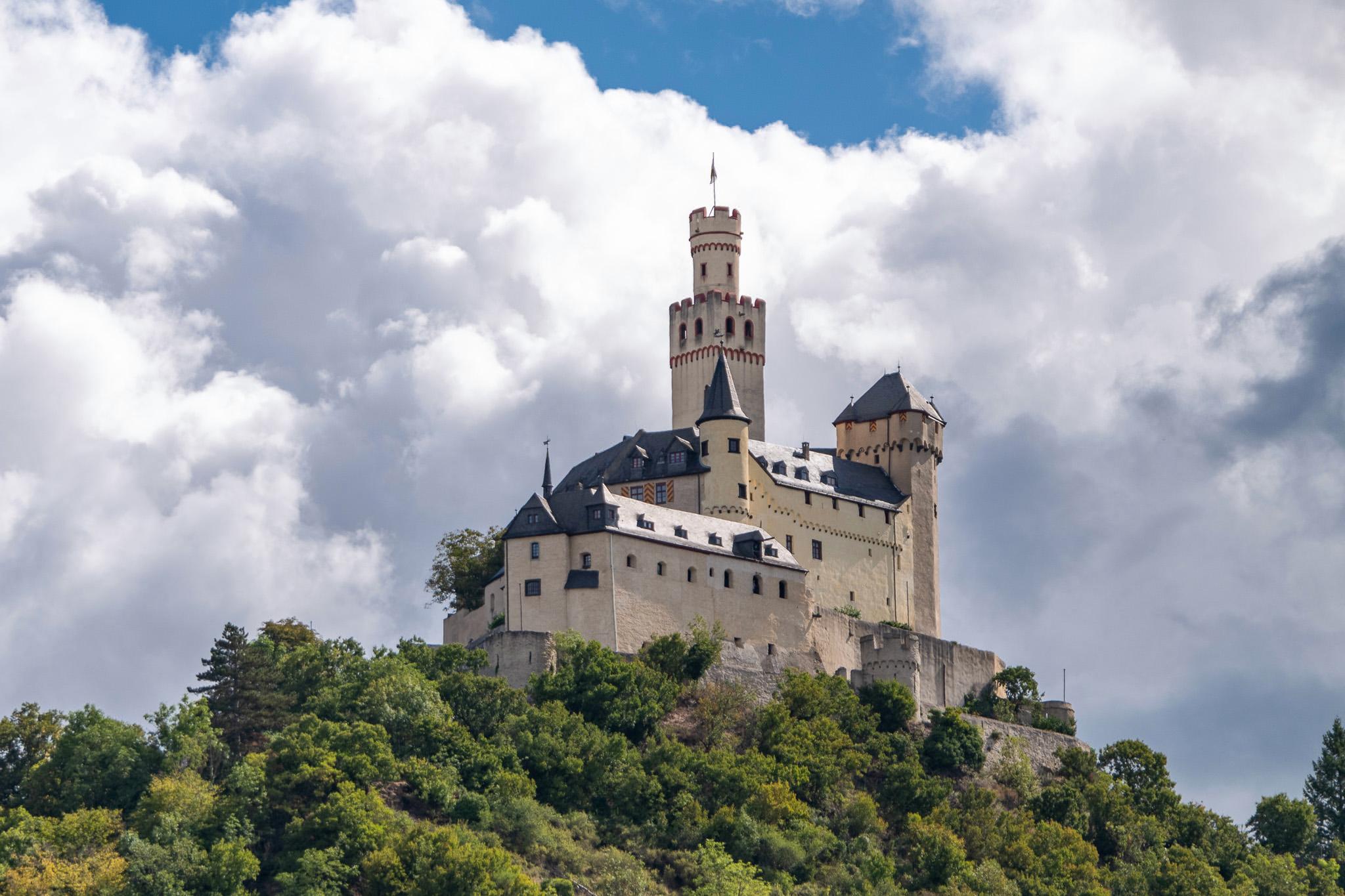
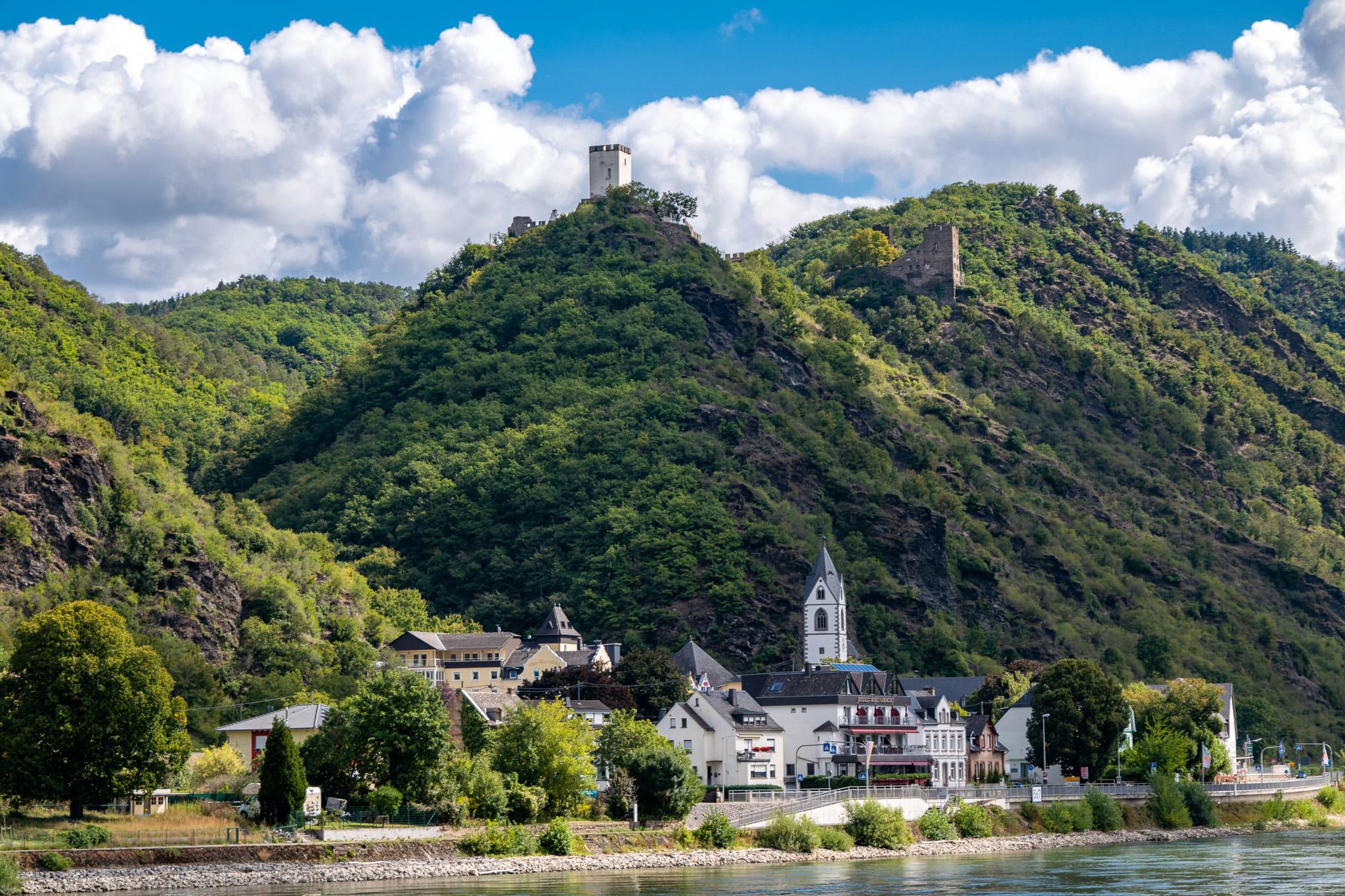
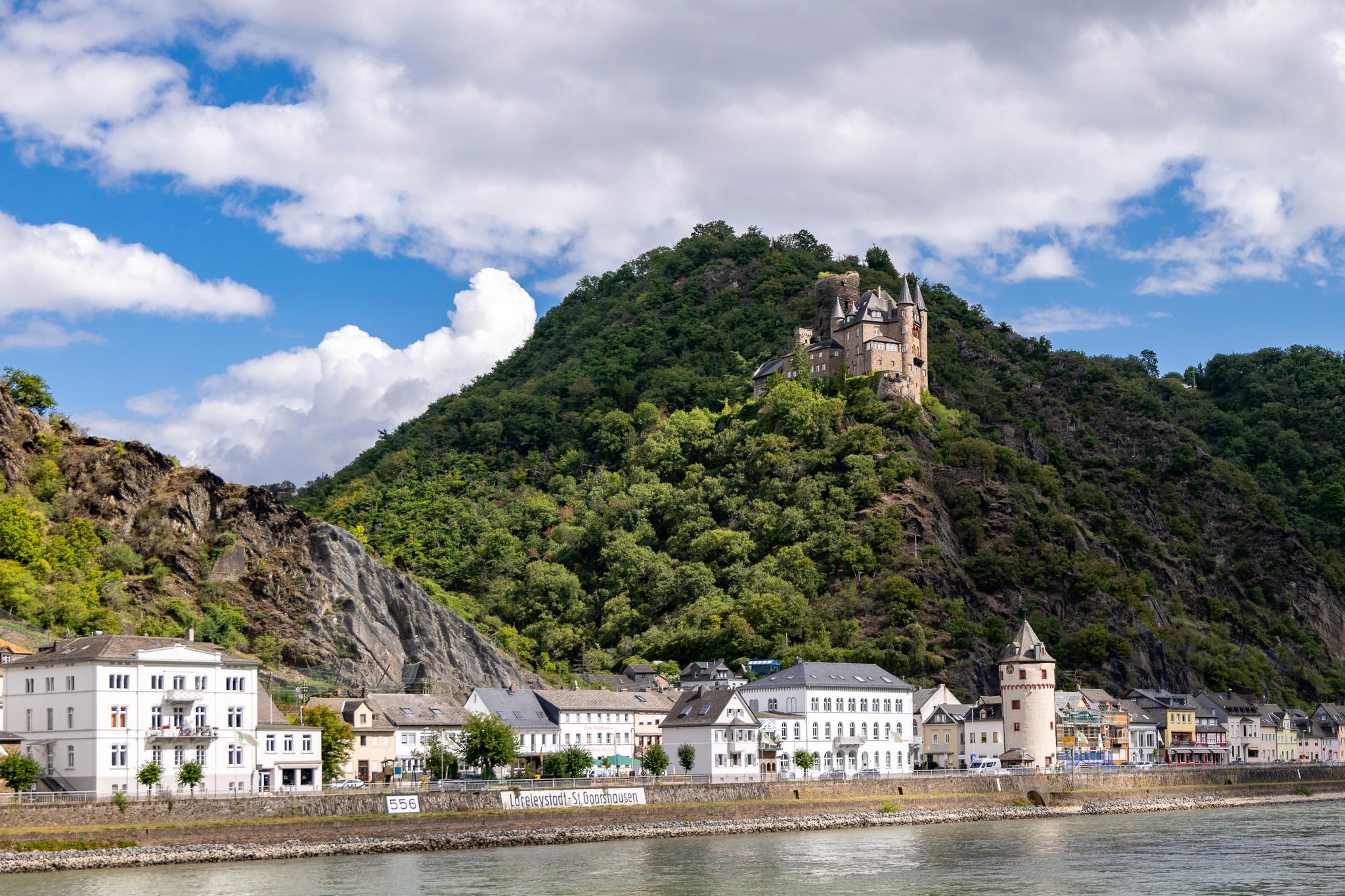
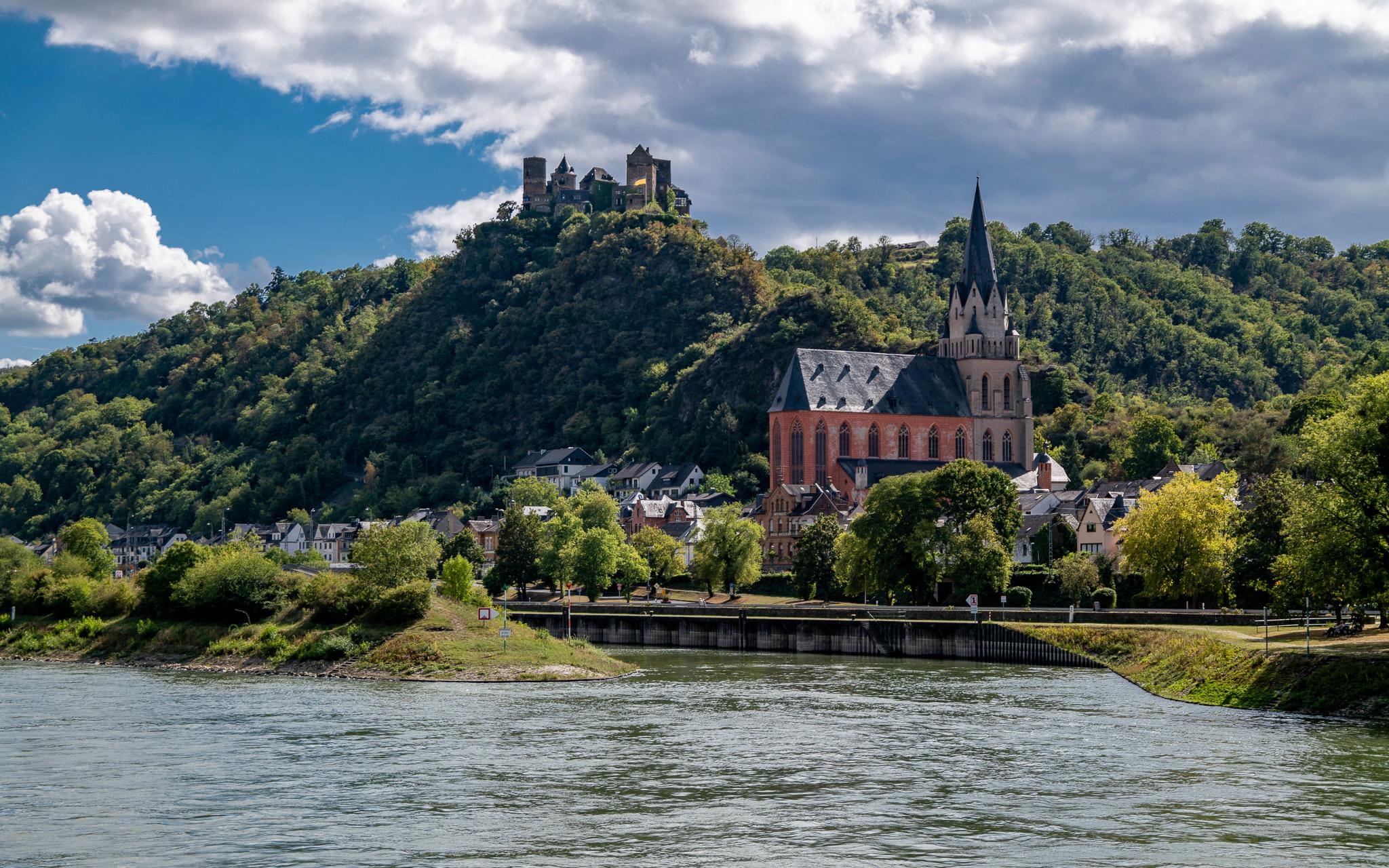

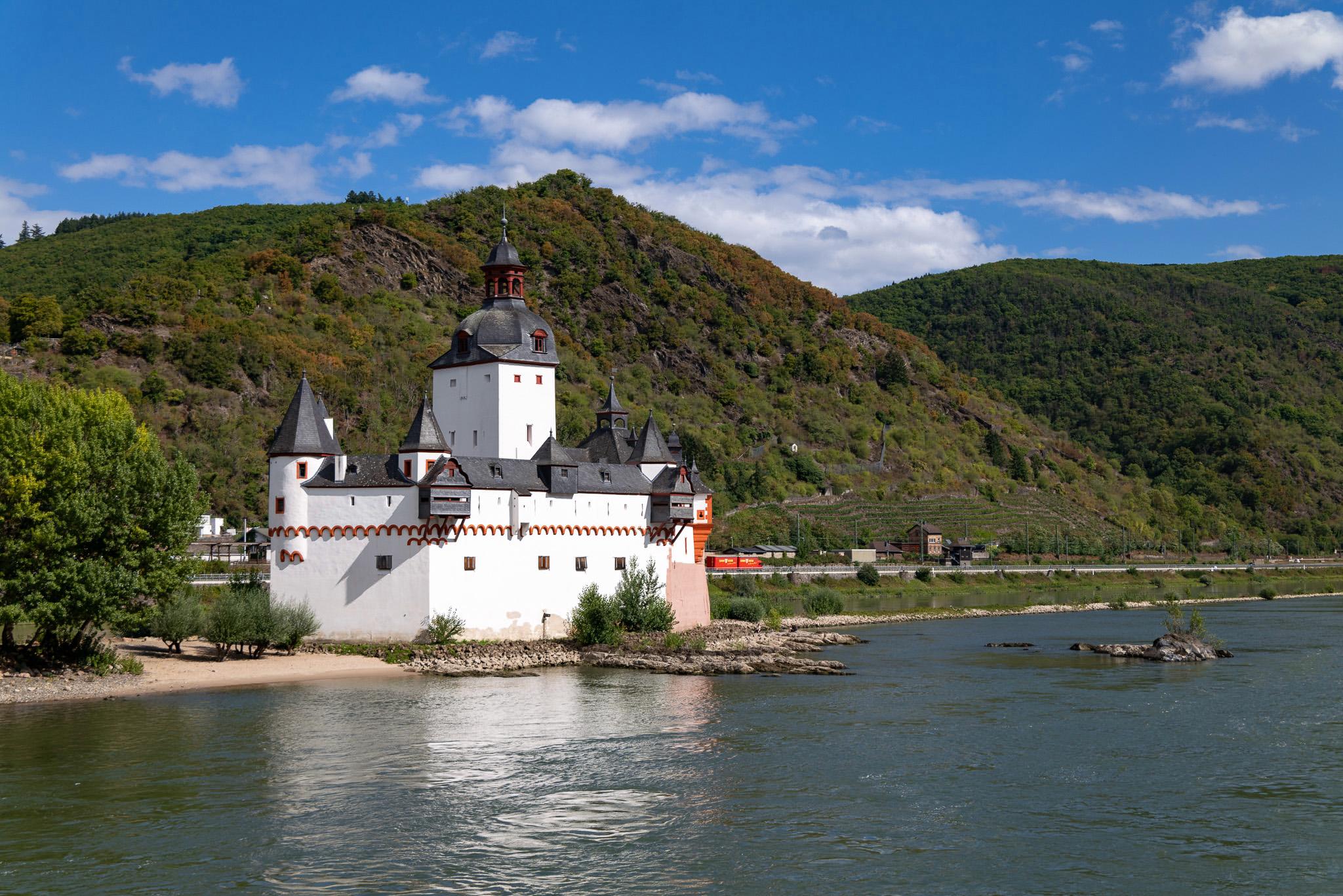

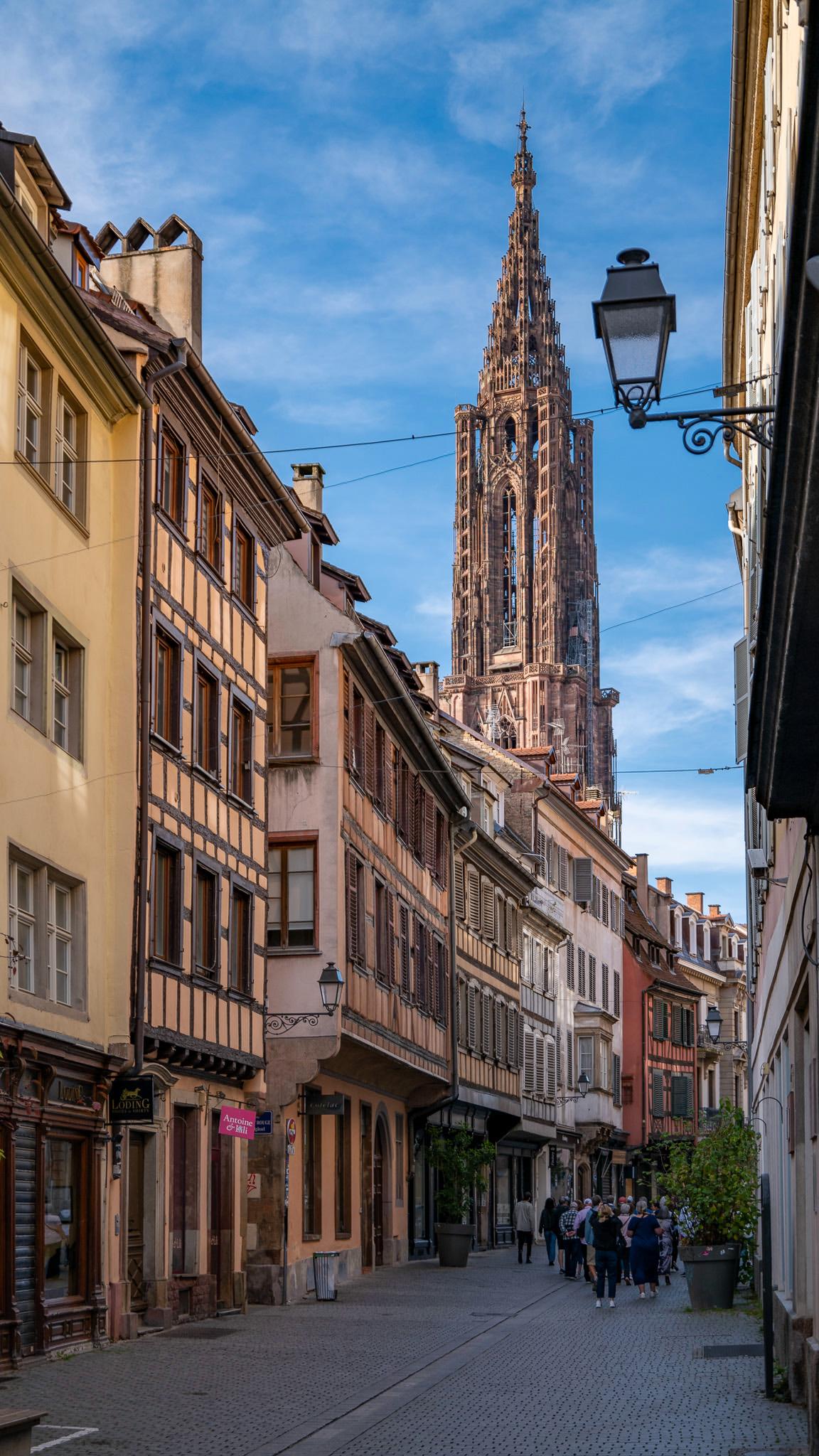
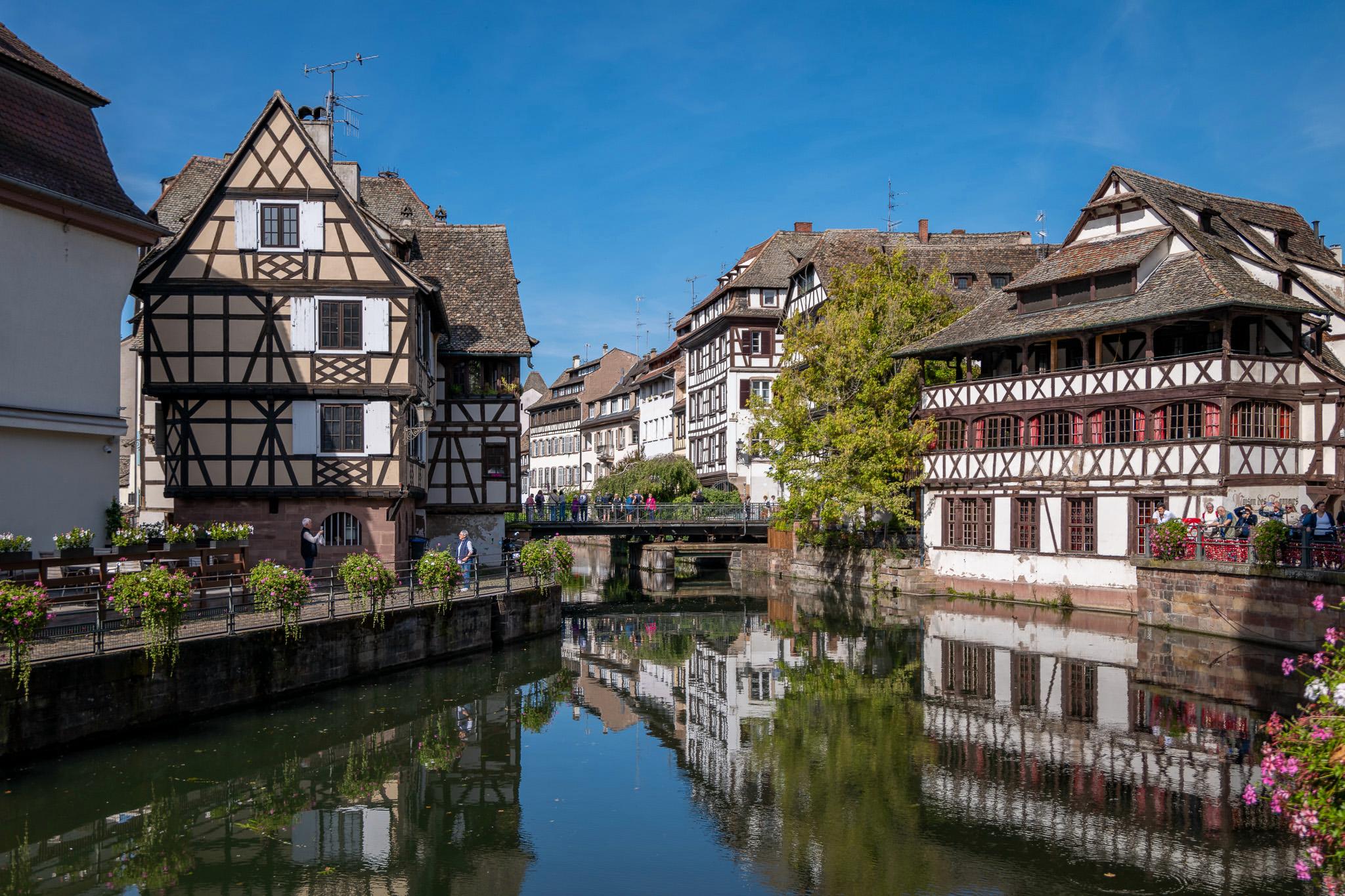

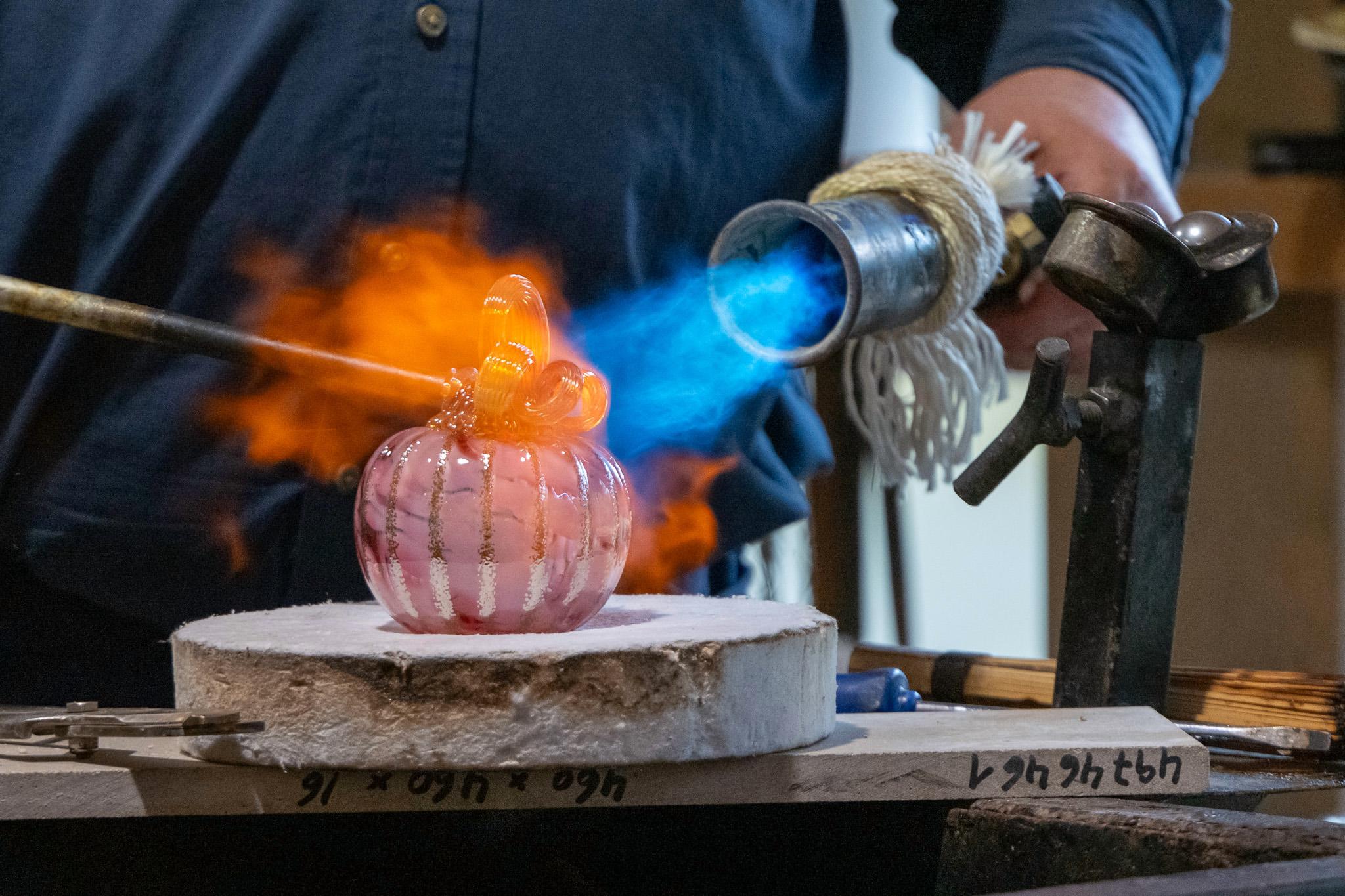


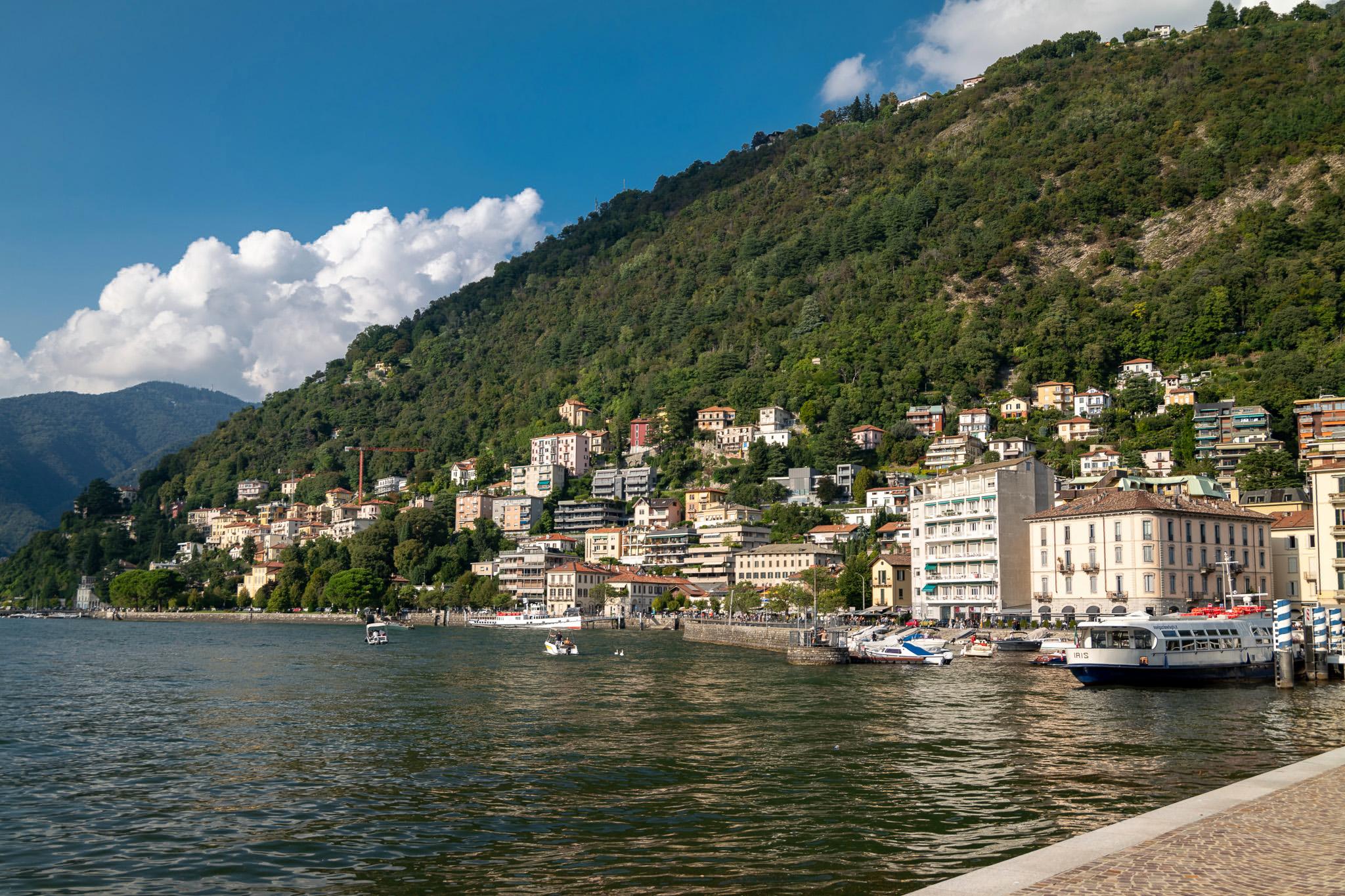

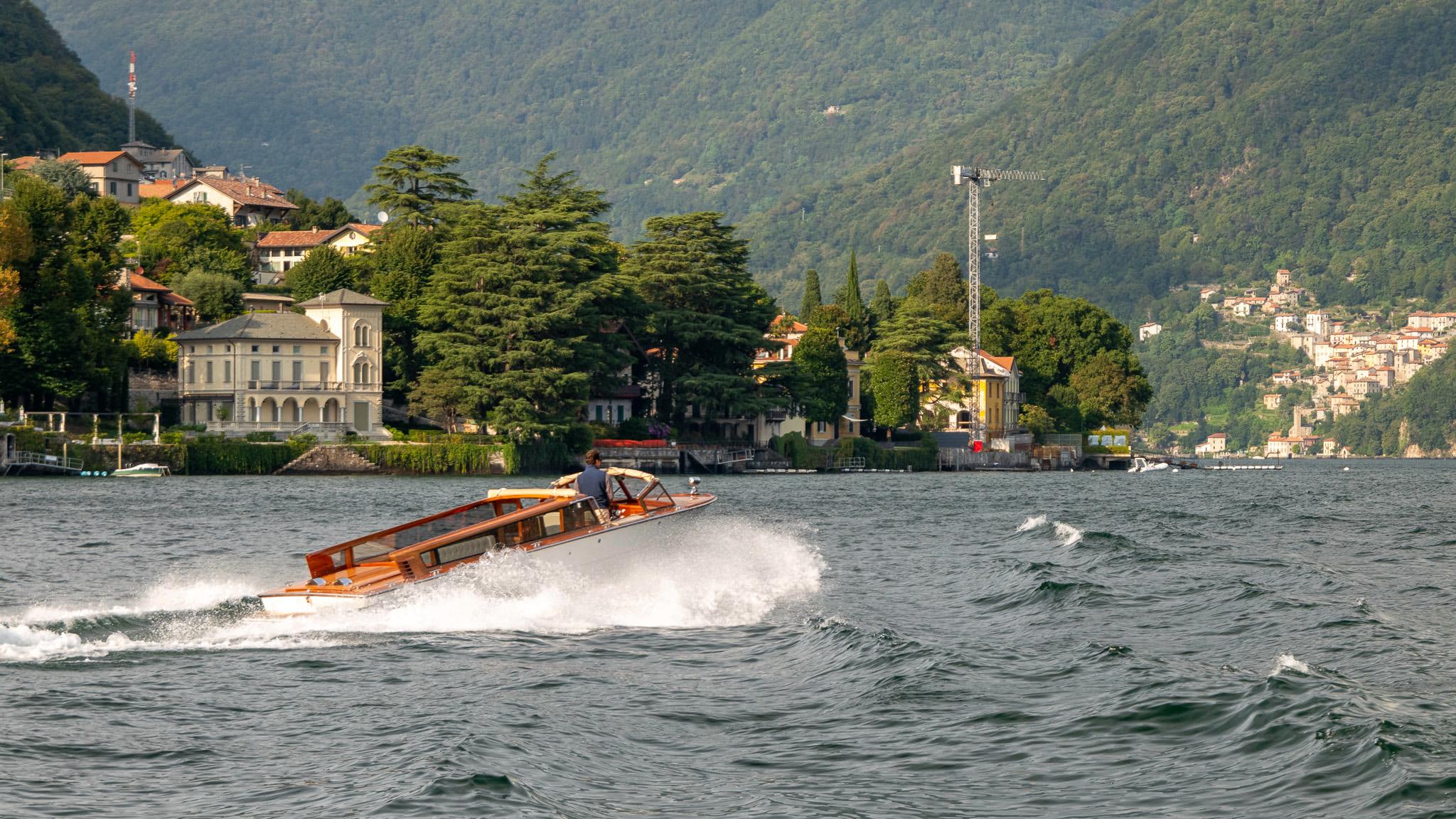
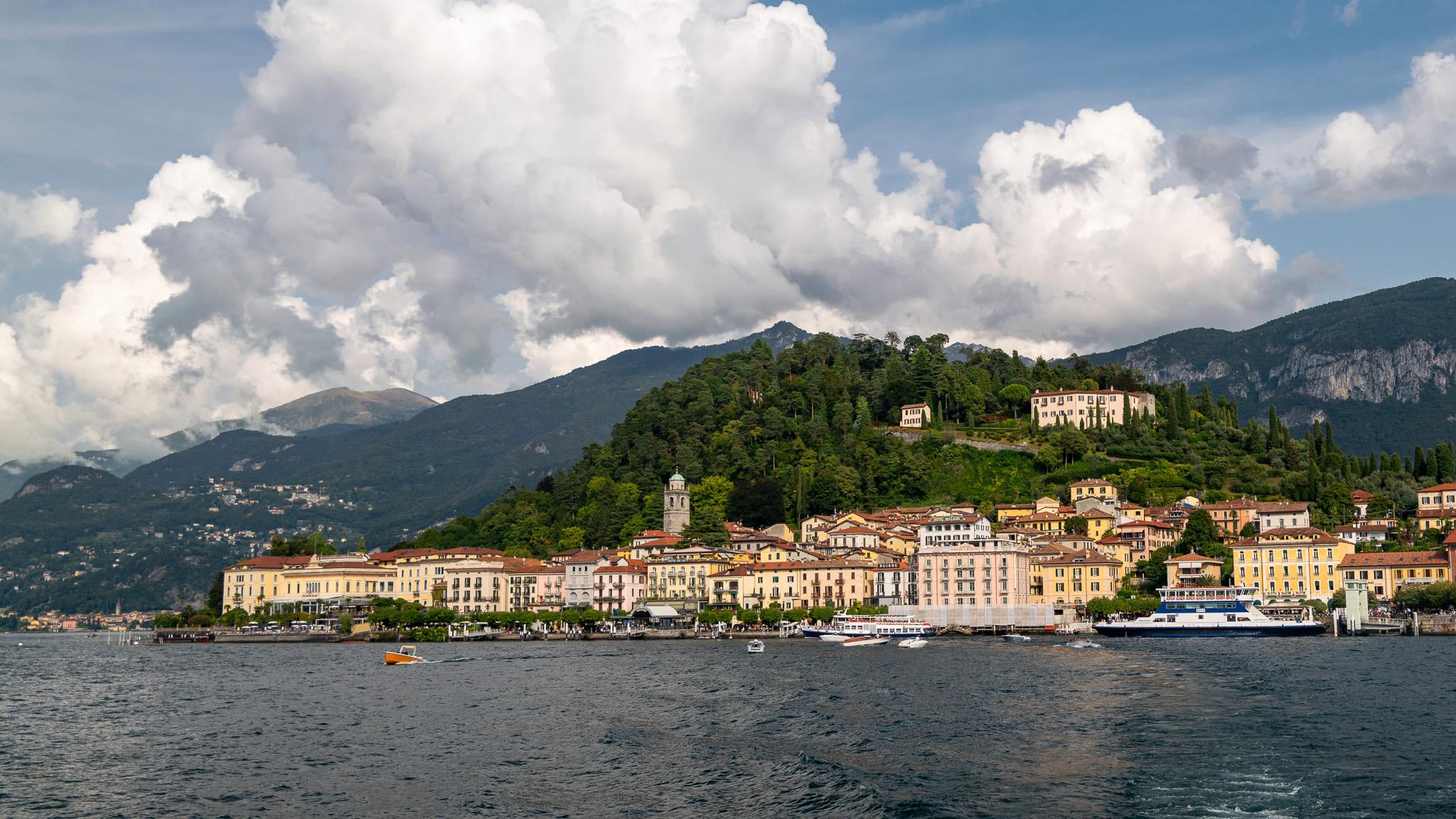
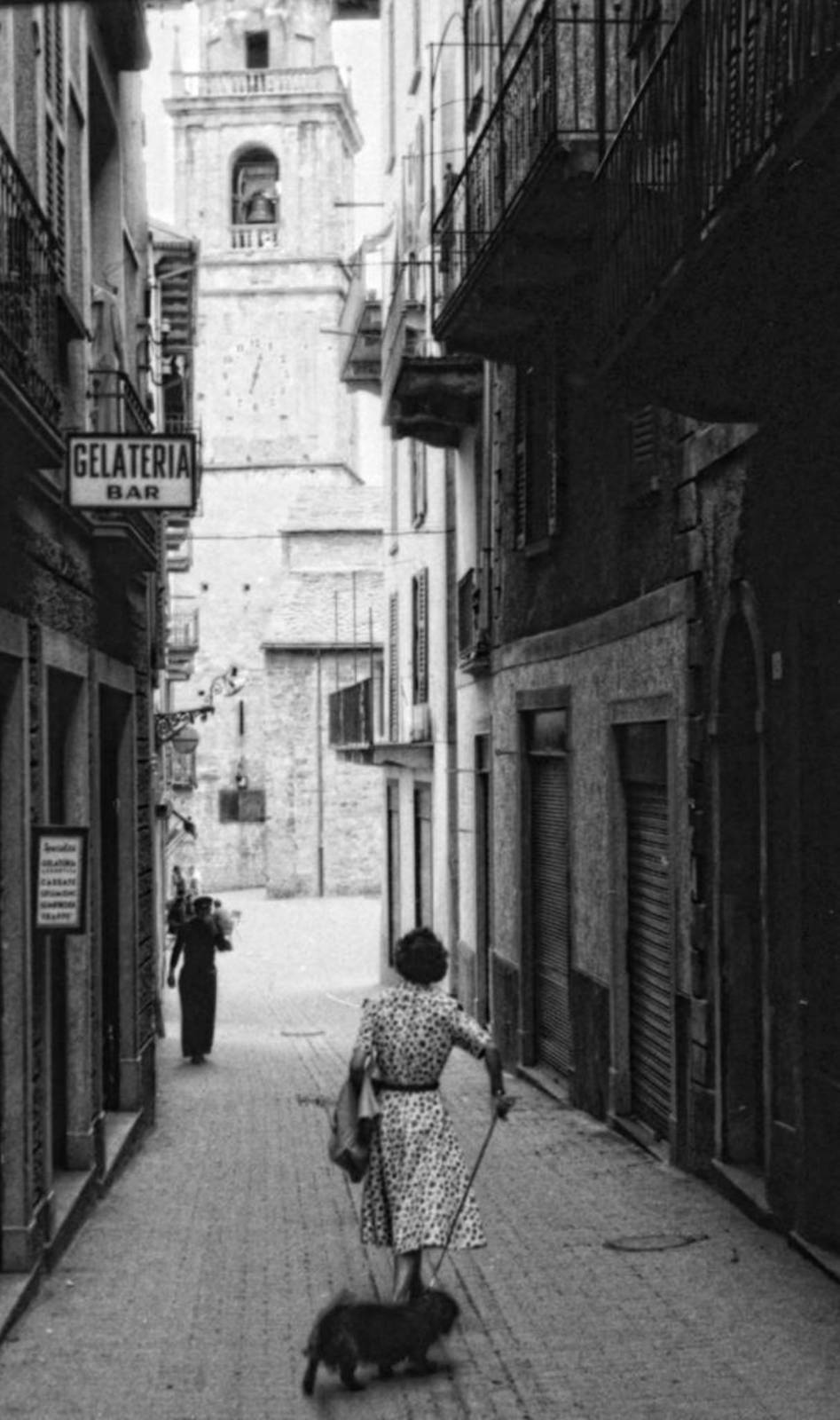
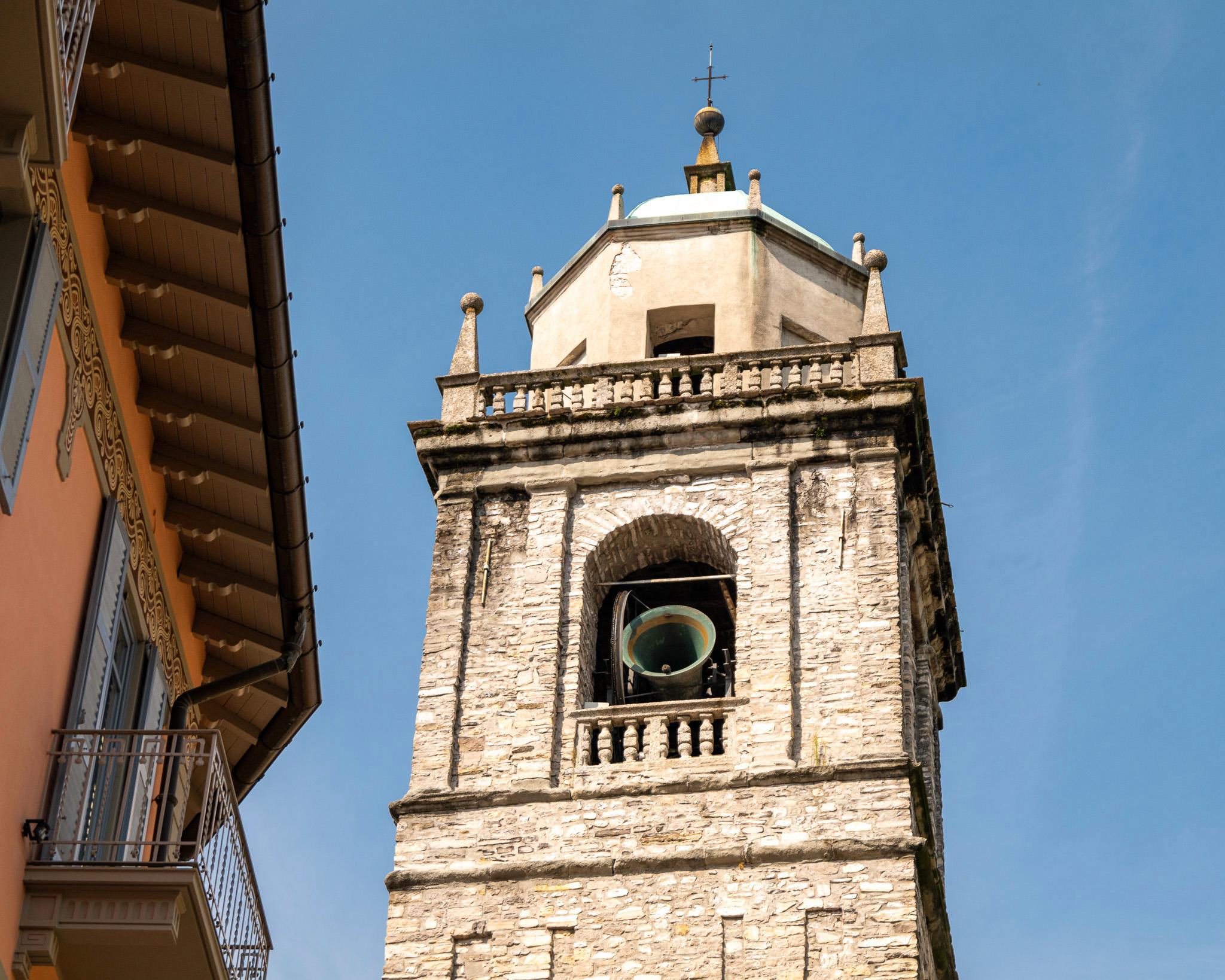
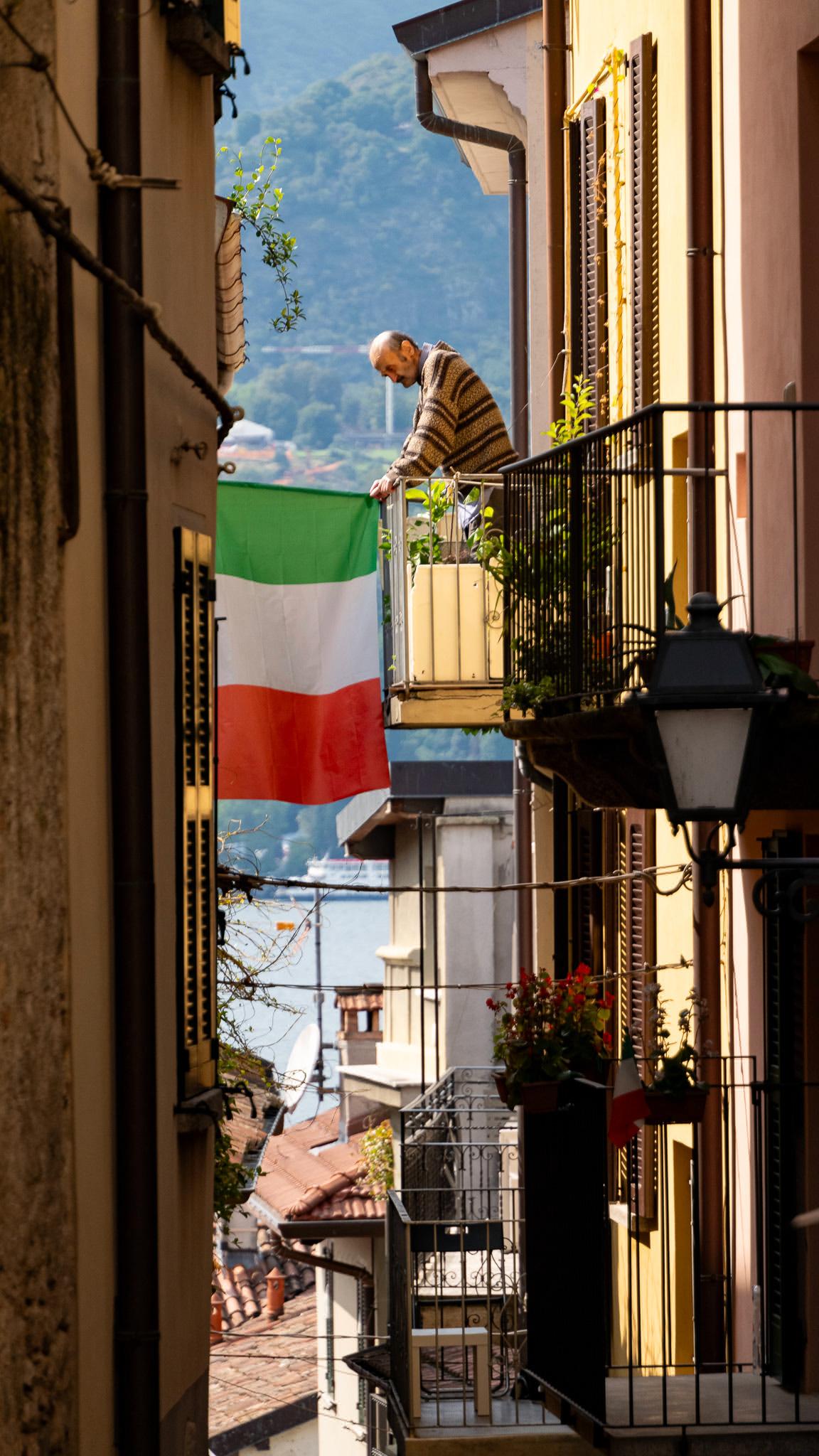
Lovely article. Thanks. Any chance one could find out the name of the cruise company you used for the Rhine leg of your trip?
Thank you! The cruise company was Viking. All the best, Keith
Hi Keith, thanks for the excellent article and for bringing this lens to our attention. For me this lens also highlights once more that the L-mount should have at least have one more compact rangefinder styled body. You simply do not need a 800+g body to shoot the 28-200mm (413g) and the 20-60mm (350g) lenses. It is almost incomprehensible that a decade into the L-mount such a smaller and lighter body still does not exist… FWIW, I do know that cameras like the Sigma BF and the Panasonic S9 are around, but those cameras come without an EVF, and are probably more focused on content creators than on photographers.
Hi SlowDriver, and many thanks for your comment. I hear you on the need for a compact, lightweight L-Mount camera on which to mount these types of lenses. I was able to hold a Lumix S1RII for the first time yesterday. It really is quite compact, considering its capabilities, but it still comes in at ~800g. In comparison, the SL3 is 460g heavier. I suppose by the time you have built in IBIS and a flip-out articulating screen, it’s a challenge to make it any smaller. The S5II is not that much smaller than the S1RII, but the latter has a 45 megapixel sensor, in comparison to the 25 megapixel sensor of the S5II. The S1RII is also significantly less than half the cost of an SL3. There is no doubt that an M-camera has a smaller, lighter form factor, but then again, the newly announced Leica M EV (~500g) has no IBIS, no flippy screen, and cannot support autofocus lenses! All the best, Keith
In case anyone imagines the SL3 weighs 1.25kg, I should point out that, at 854g it is only 60g heavier than the Lumix.
Keith – thank you for this comprehensive review and the beautiful images. This happened to land in my inbox at just the right time as I am contemplating a wide focus length zoom for my SL2 as well. Thanks for sharing your trip with us – this is precisely the great kind of story that I have grown to love from Macfilos.
Hi Scott, and many thanks! The lens is well worth shortlisting and checking out if you have a chance. I bought it sight unseen, pretty confident that Panasonic know what they are doing, and also encouraged by my experience with the 20-60. Editor Mike is about to add another contender to your list of options for a wide focal length L-Mount zoom. But, you won’t go wrong if you choose the Panasonic. All the best, Keith
Lovely piece, Keith. I’m vaguely planning to go to Como and Bellagio next Spring, if I can find the time. If I go, I will be armed with ‘Full Swiss Roll’ material. I may even bring the two ‘candidate’ cameras, but I would not use FILCAS or 75 year old Perutz film.
The story is, of course, now ‘immortalised’ in the official Leica 100 Year book – at page 252.
More to follow, if it happens.
William
Thanks, William! If I had thought about it beforehand, I would have tried to reproduce the shot looking down the street towards the Basilica. What focal length do you think was used for that picture? If you go, and can manage the crowds (!), it would be great to see a modern-day image of the scene. All the best, Keith
Maybe a 50mm f2 Summar, both ‘candidate’ cameras came with one of those. If you look at my Macfilos article of 22nd December 2020 you will see a ‘now and then’ image of that view. The street is called Via Giuseppe Garibaldi. Perhaps, Mike could ‘magic’ that into your article?
William
I’ll leave the magic to Keith… he has full access.
Very interesting lens – I’ve made a point to take a good look at one when at the Photography Show (at NEC, Birmingham, UK)< next March. Great pictures – and I agree with you about the ladder at the top of Cologne Cathedral!
Hi Andrew, I think you will be impressed by its form factor – very light and compact for a lens covering this large focal-length. What camera would you mount it on? It would be fun to hear your read-out on the NEC show next year. All the best! Keith
Keith
A brilliant article if I may say. I have just bought a new decent 4k monitor and your images are a revelation. In image 25, I was able to pinpoint the seat on the Bellagio lakeside where the Swiss Roll lady posed with her Dachshund dog. By looking at the foliage I suspect the holiday was in June, the landscape colours are just glorious at that time of year.
Chris
Hi Chris, and many thanks! It’s about time I invested in a new monitor, too. I am glad to hear that the images stood up to close scrutiny. Both the 28-200 and 20-60 are terrific, and really shine under good light. The 28-200 struggled a bit at a recent indoor music concert, under terrible light, but fair enough, I was at the maximum aperture of f/7.1. Inevitably, that slow aperture runs out of steam at some point. But, for my typical use cases, it’s a non-issue. All the best! Keith